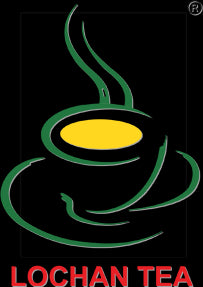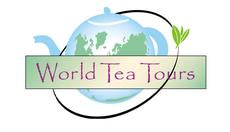

Wazuka
By Yasuharu Matsumoto
Although it is the representative place of Japanese Green tea, common Japanese people don't know the name. But among Japanese Green tea professionals, everyone knows Wazuka.
This is due to the fact that Wazuka tea leaves earn the highest price at the tea auction. Also Wazuka produces the largest amount of Tencha (the raw material for Mat Cha) in Japan. Since Japan makes the most Ten Cha, that makes Wazuka the largest in the world.
Wazuka is located between Nara (The oldest Japanese capital city - 1300 years ago), and Kyoto (the second oldest Japanese capital city - 1200 years ago to 100 years ago), people began to cultivate tea plants around 800 years ago in Wazuka. To this day, there are over 300 families cultivating tea fields in Wazuka, and over 40% of the tea fields in Kyoto prefecture are in Wazuka.
Of the many kinds of Japanese green tea (Matcha, Sencha, Genmaicha etc.), one of the features is the vivid and deep green color as represented by Matcha. The primary factor effecting the production of the vivid green color is the development of "steaming process”, the first processing step in Japanese green tea manufacturing.
The "steaming" is quite a unique process which can not be found in manufacturing teas other than Japanese green tea. The steaming is the reason why Japanese green tea is categorized into
"Non-Fermented (non-oxidized) tea" in the scientific classification. It is also the reason why levels of Catechin (EGCG) which have anti-oxidization effects, is so abundant in Japanese green tea.
In Wazuka, they produce almost all kinds of Japanese green teas which are processed by "steaming". And, although 99% of Japanese green tea in the market is blended, you can drink pure and genuine Japanese green tea before blending in Wazuka.
How could they keep cultivating tea for over 800 years in Wazuka? It might be because of the perfect conditions for growing high quality tea; namely the climate, soil, and the valley’s special geological condition. It could also be because of the mist that is produced by the Wazuka river which runs through the central bottom of Wazuka. Together with nearby Iga, Koga and Ningya, the Wazuka area is nestled in the depths of the mountains and surrounded by the richness of nature.
Uji, famous for the tea ceremony Chado, is only 30 mins from Wazuka by car. For 300 years or so, Sencha has been the most popular tea in Japan. It was invented in a neighboring town to Wazuka. Despite the long history of Japanese green tea the region remains unspoiled, resulting in over 800 years of tea history in Wazuka.
In winter, you can see the “zebra stipes” snowscape of tea the fields with the subtropical tea bushes dusted with white. In spring is the Cherry blossom “sakura-scape” with the delicate light pink flowers covering the hills. In autumn the trees are ablaze in fall colors with the momiji-scape. The lush green of summer is full of vigorous new growth. In Japan one can see such beautiful scenery in all four seasons and in Wazuka one can enjoy the sight of green tea fields in the background in any season. Of course you can experience tea picking during harvest times.
If a tea lover has an opportunity to take a trip to Japan, he/she absolutely should
visit Wazuka.













